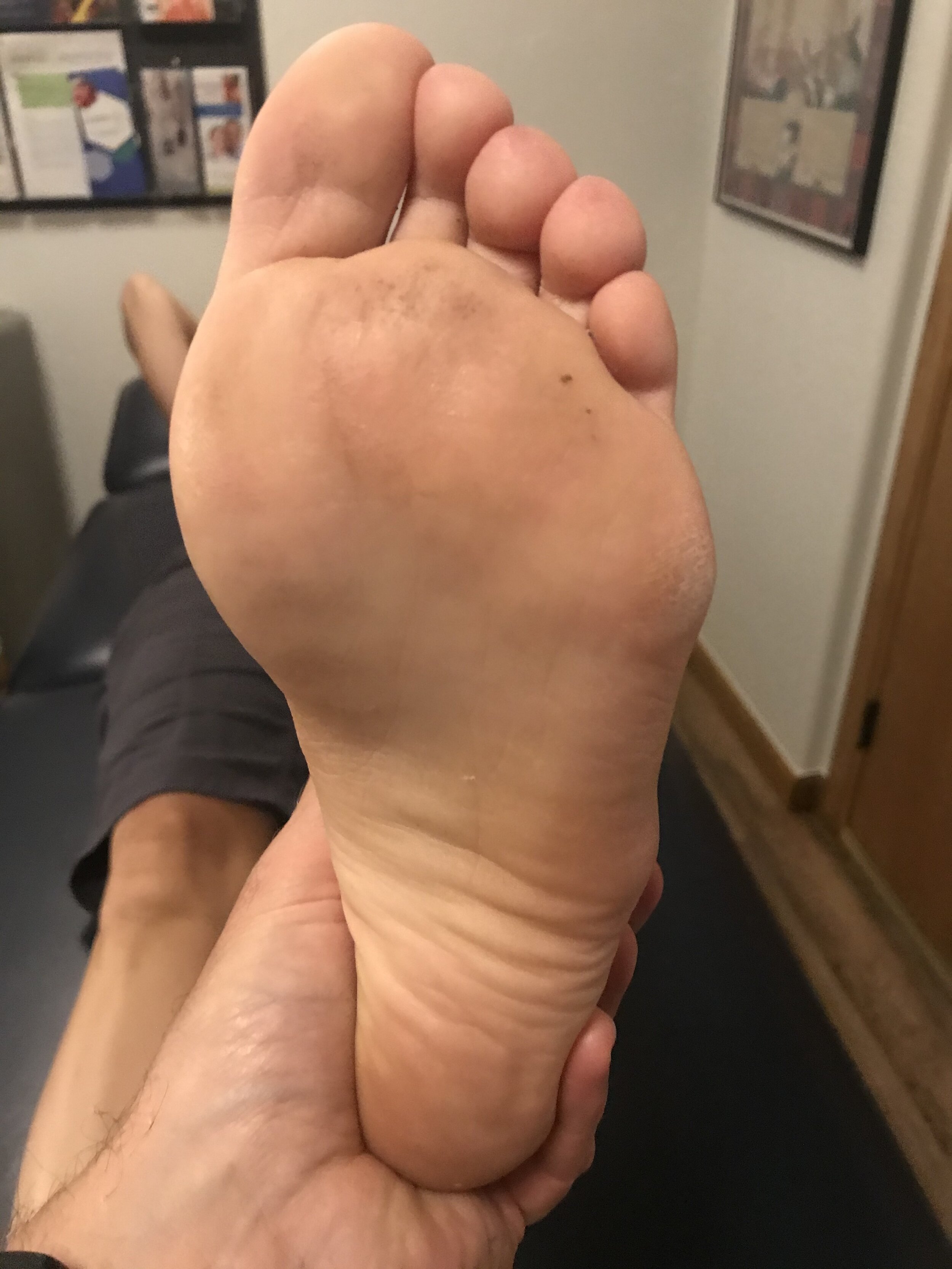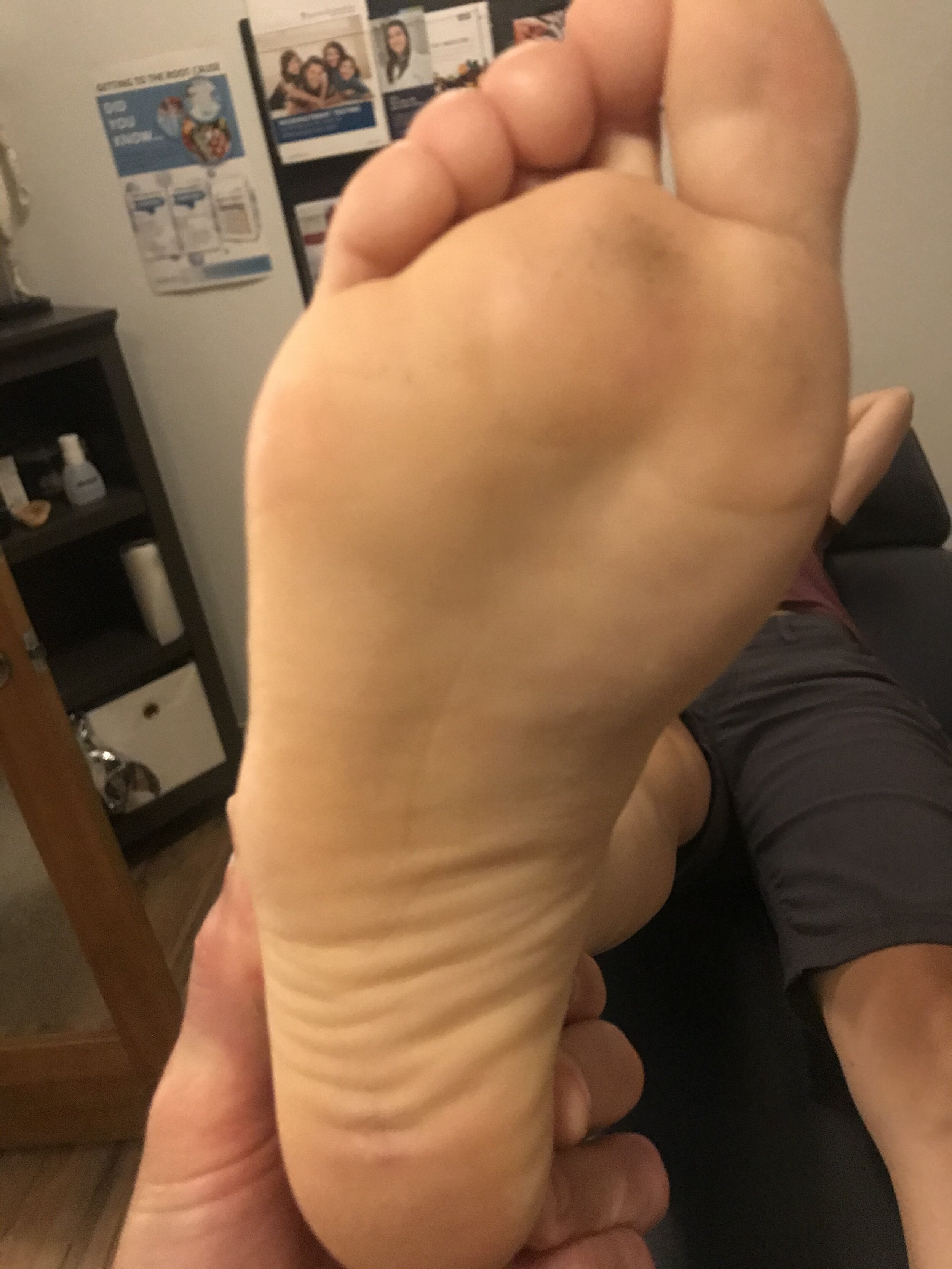Toe walking
/They usually occur in 3’s... sometimes 4’s
This 12 year old obligate toewalker was brought to our office by his mom for an evaluation. Many times with neurological issues people will have concomitant musculoskeletal abnormalities. It probably has something to do with chromosome 6...
Here we explain three common congenital abnormalities occurring together
#gait #gaitevaluation #internaltibialtorsion #femoralretroversion #femoralretrotorsion #forefootadductus #metatarsusadductus #clinicalexam


















